- Home
- Multimedia
- Photo Gallery
- Lakmé Fashion Week Winter/Festive 2018 celebrates Sustainable Fashion Day
Lakmé Fashion Week Winter/Festive 2018 celebrates Sustainable Fashion Day
This year’s Sustainable Fashion Day was a sight for the sore eyes, with a contemporary take on a lot of traditional designs and innovation in the use of fabrics.
Curated By:
Naini Thaker
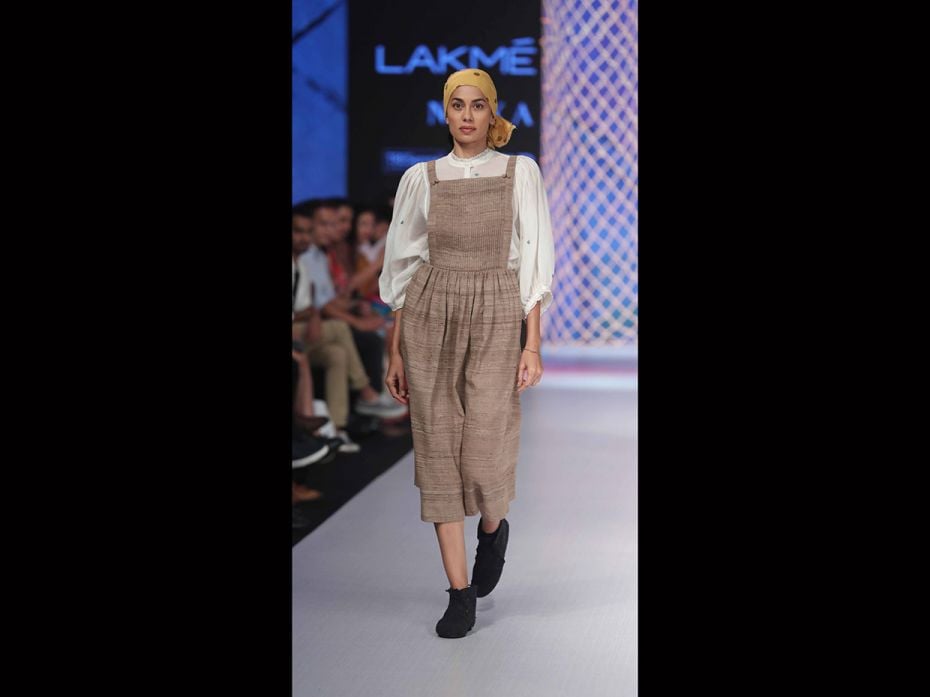
1/11
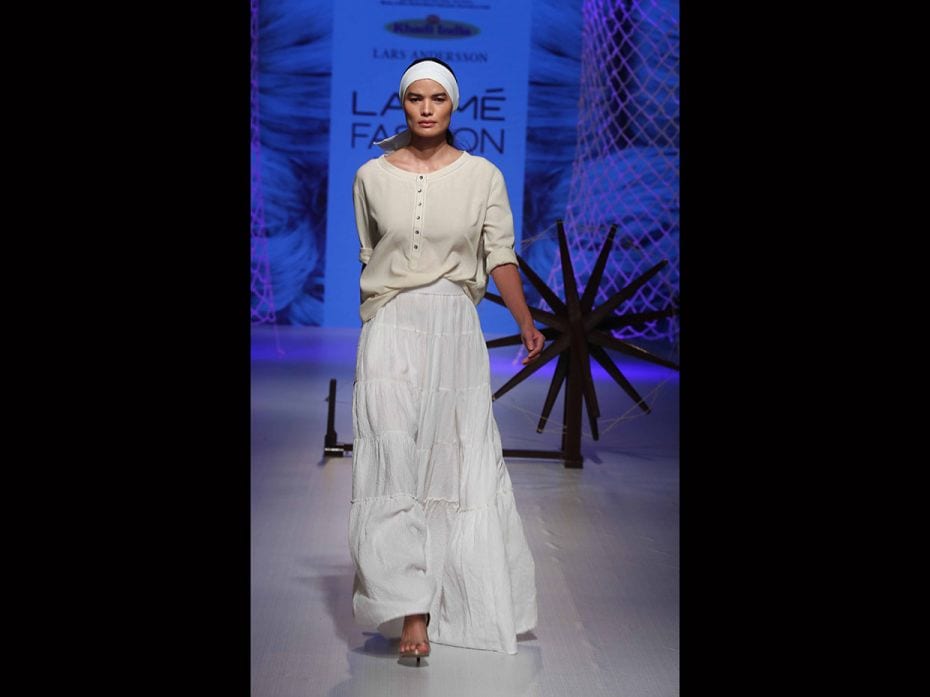
2/11
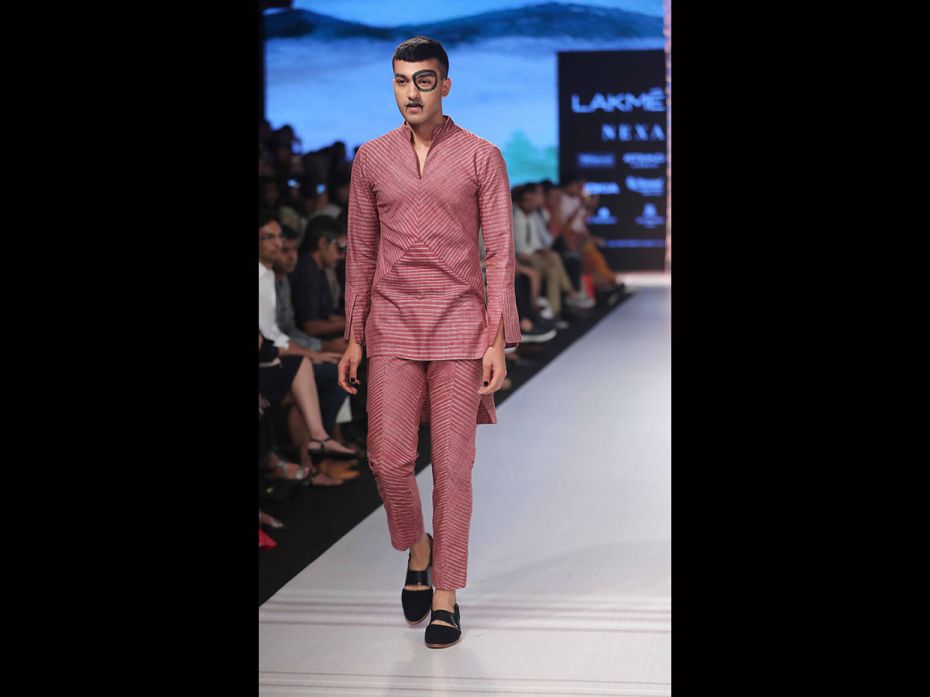
3/11
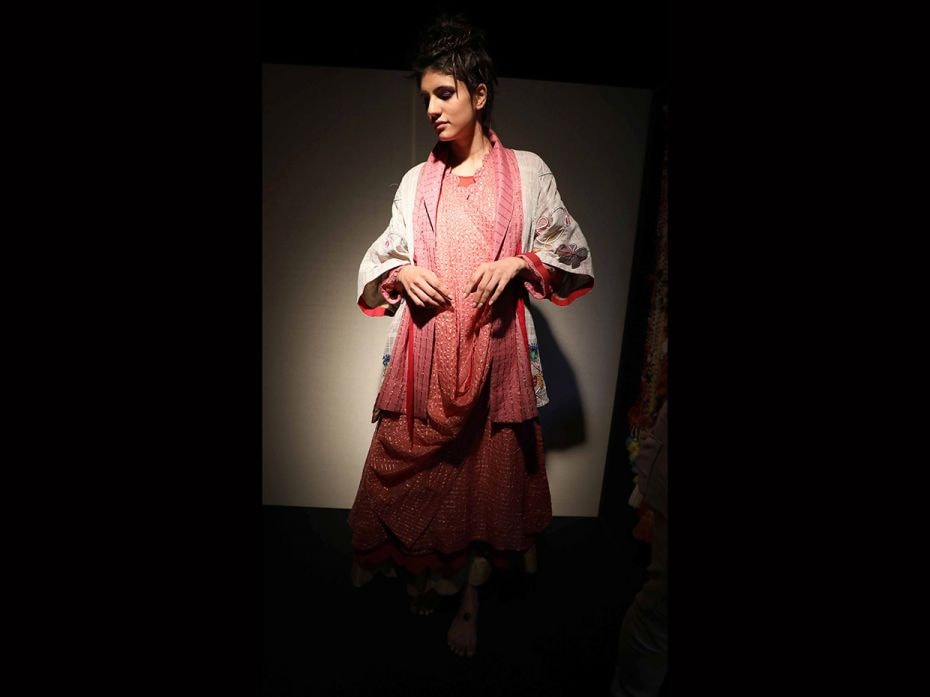
4/11
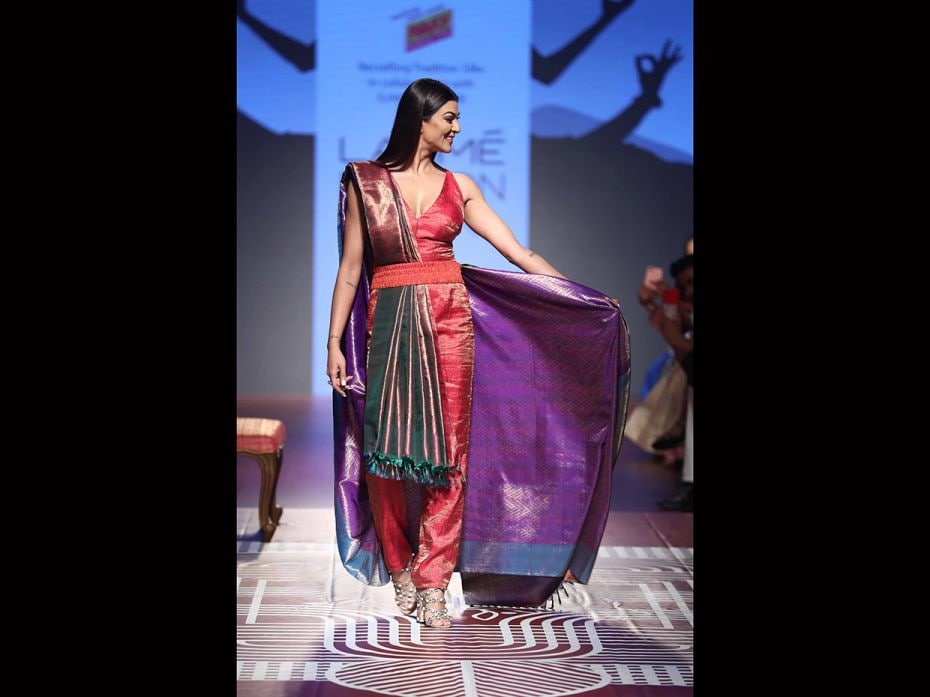
5/11

6/11
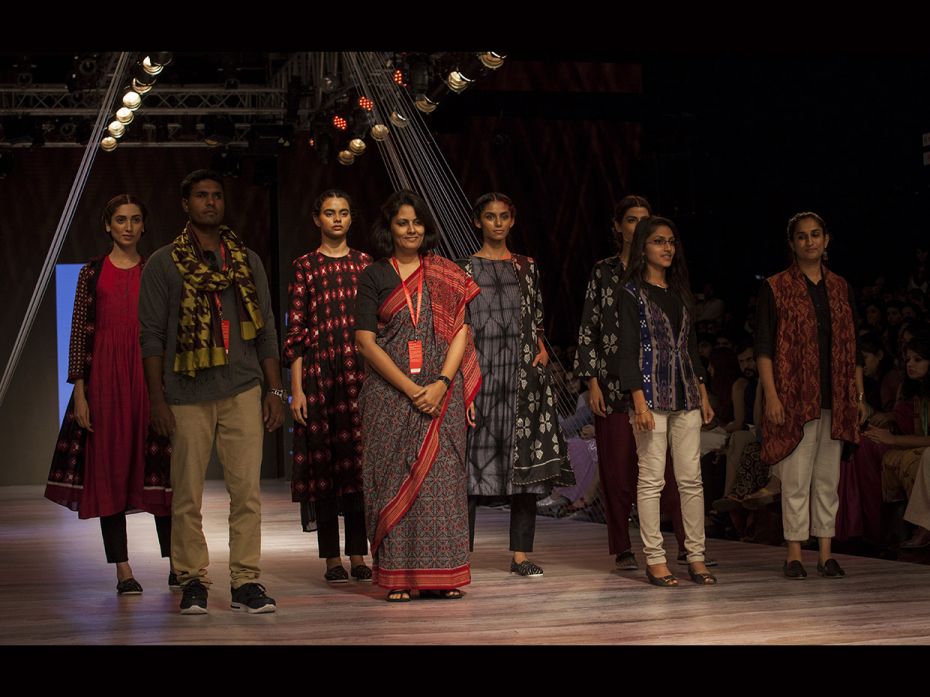
7/11
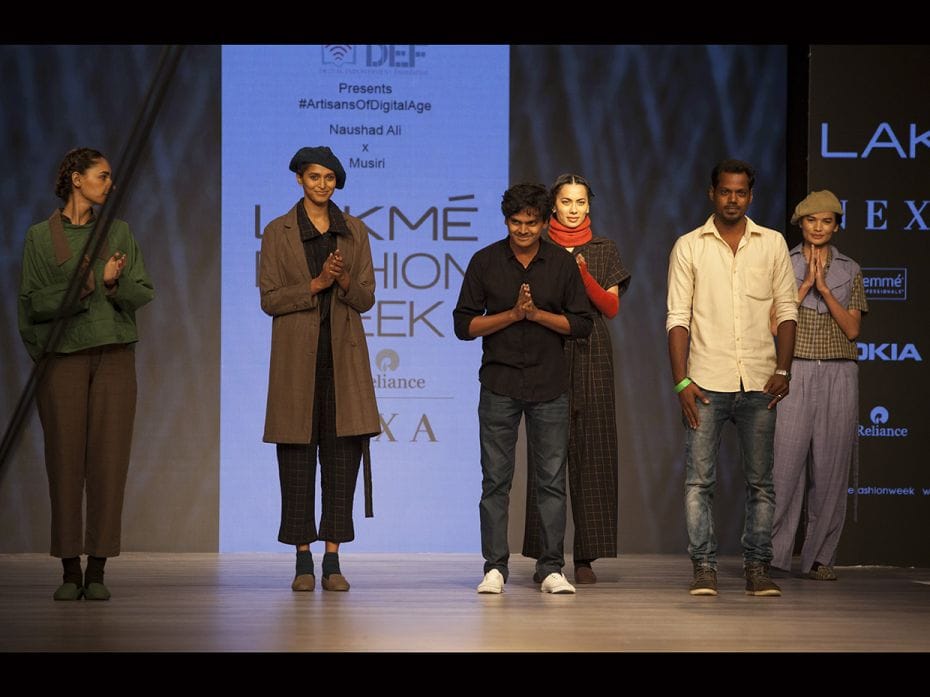
8/11
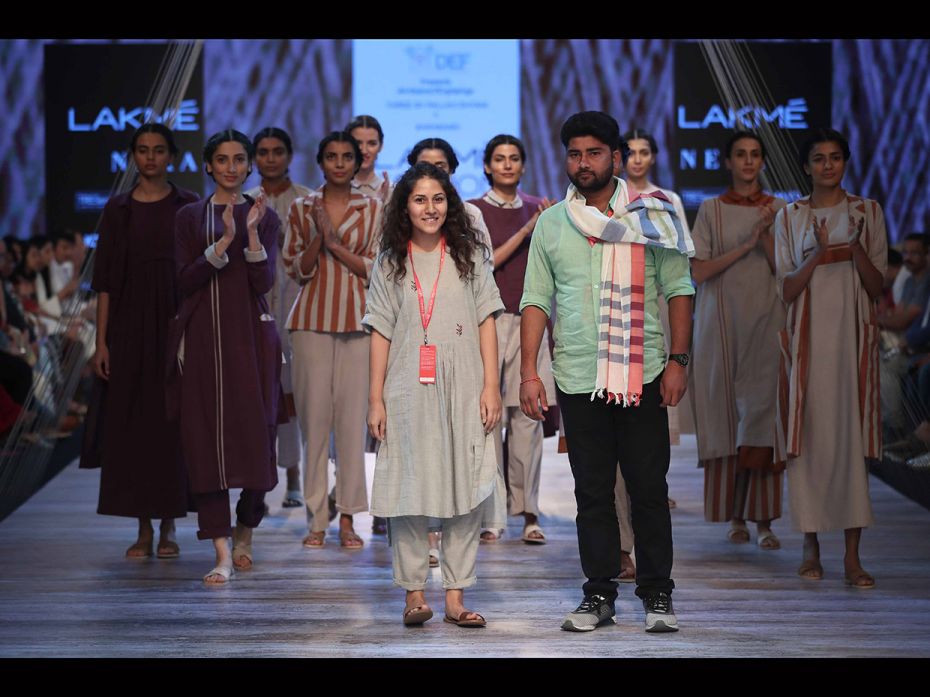
9/11
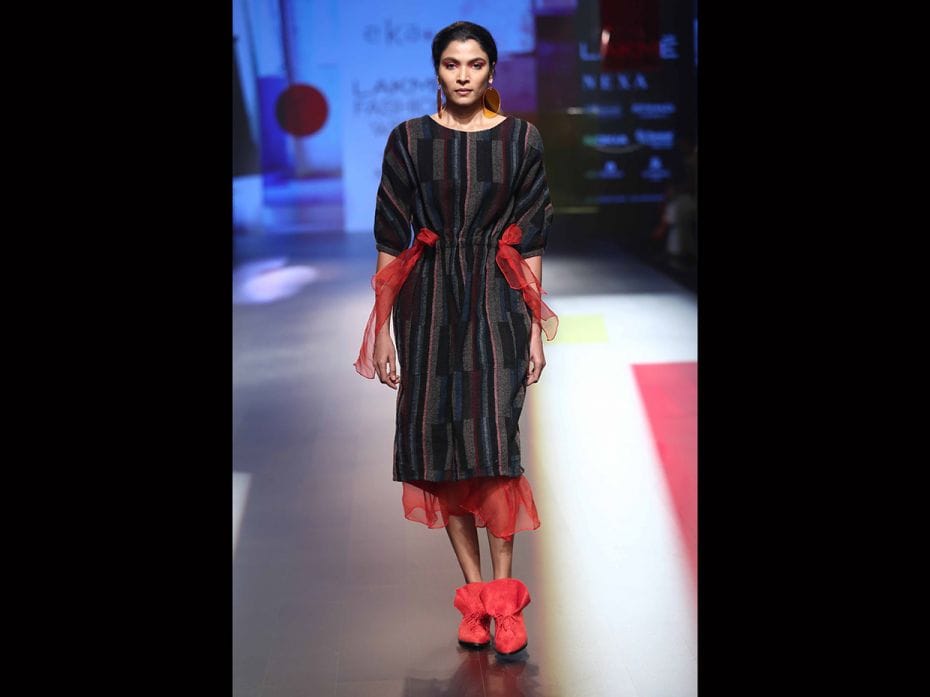
10/11
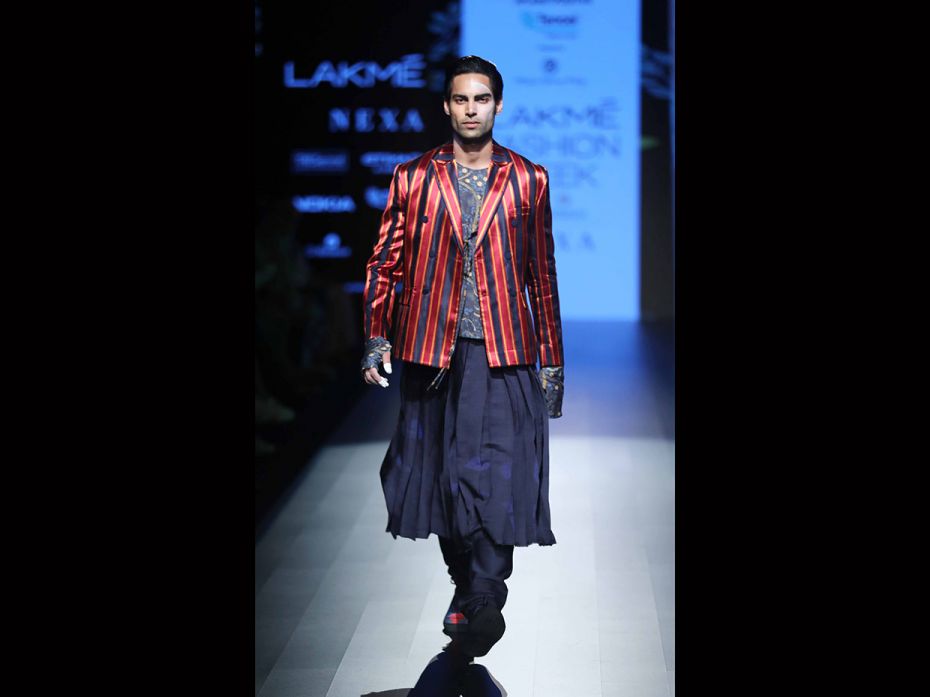
11/11
X





